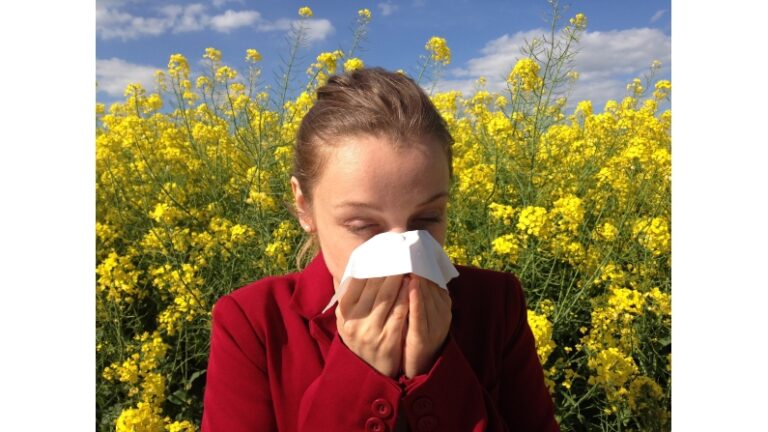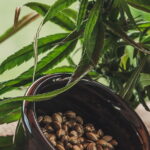When COVID-19 took the world by storm, people were scared to step outside their homes. It was a time of chaos and confusion. While the pandemic has appeared to subside, an emerging concern has surfaced: a condition known as long COVID. An estimated 1 in 5 people in the United States have long COVID.
Roughly 13.3% of people feel like they have it at 1 month or longer after infection, while 2.5% feel it at 3 months or longer (based on self-reporting). More than 30% at 6 months (among patients who were hospitalized). However, most people don’t understand what it truly is, and what impacts it has. Let’s take a look.

What is Long COVID?
Long COVID is when someone experiences symptoms of COVID-19 more than 4 weeks after first contracting it. This feeling can go on for months. Doctors have reported that their patients have said they experienced common symptoms after having the illnessfor 4+ weeks. These symptoms include:
- Insomnia
- Headaches
- Dizziness
- Brain fog, like difficulty thinking or concentrating
- Change in smell and taste
- Joint and muscle pain
- Shortness of breath
- Pins-and-needles feeling
- Depression and anxiety
- Sore throat
- Coughing
- Body aches
- Fatigue
- Fever
While people with COVID-19 usually recover within 1–2 weeks, symptoms can last for months. It is also possible that the symptoms can go away for some time and then come back. These conditions will not be the same for everyone. People will have different combinations of symptoms and their own durations of illness. Even if someone feels good enough to return to their activities, they will usually be limited, not able to perform at their previous level. This includes activities like working out or even eating. These people may feel tired faster. Although they are doing less, they may still experience brain fog. This can include difficulty concentrating, poor memory, and thinking slower. Others may experience a pounding heart, chest pain, and even changes in their menstrual cycle.
How do you know when you have Long COVID?
It is difficult to tell the difference between COVID-19 and long COVID; some doctors have said that people who recover after 4 weeks may have just had the normal illness.
Many professionals suggest keeping track of your condition as time goes on to see if it gets better after the 4-week mark. It is also important to consult with a doctor. They can provide information to help you recover as quickly as possible.

What should you do if you know you have it?
Each situation will vary, but the first step that you should take is to meet with your doctor and talk about the next step. Whether that be treatment or quarantining, your doctor will know what is best for your situation.
There are other various practices you can perform to alleviate symptoms, such as not over-exerting yourself, taking frequent breaks, exercising, eating healthy, getting as much sleep as your body needs, and stretching. Healthcare professionals also recommend that you take blood tests, monitor your heart rate, and measure your blood pressure. You should also obtain an ECG test.
Preventing the Disease
There are some groups of people who are more likely to get this condition, which include those who have experienced more severe COVID-19 illnesses, people who have not gotten a vaccine, people who had underlying health conditions prior to getting sick, and people who experienced multisystem inflammatory syndrome (MIS) during or after COVID-19.
However, there are still various steps one can take to decrease the likelihood of getting it. You can get a vaccine and wear a mask in crowded areas.
To find out more about long COVID, visit Long COVID or Post-COVID Conditions | CDC and Long Covid: the symptoms and tips for recovery | BHF.







